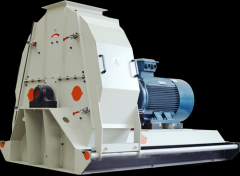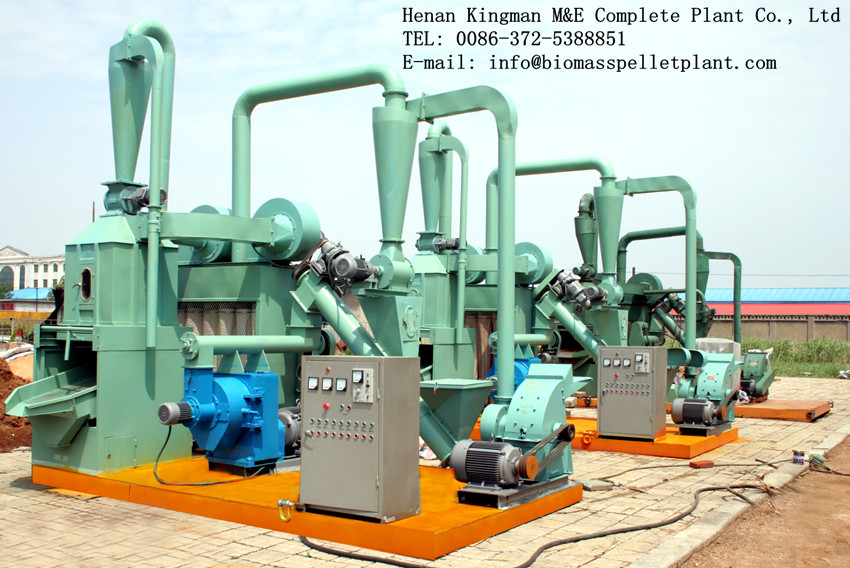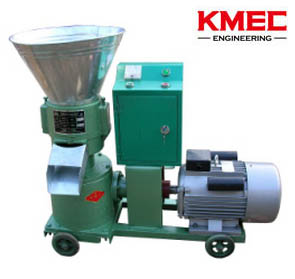Palm EFB Pellet Mill and Pellet Plant Will Usher in Chances
Advantages of Biomass fuel (Palm EFB pellets and briquettes)
Different raw materials put into use in biomass pellet mill or biomass pellet plant possess different ash contents. Ash content of palm EFB just accounts for 2%, one tenth of coal-based fuel impressively lower that that of other biomass materials.
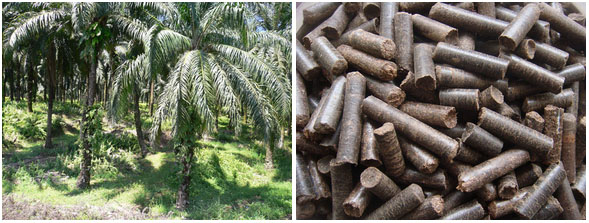
Link to how to use pellet mill to make biomass fuel
Hereby we would like to talk about also general use of biomass fuel.
1. Comparatively, biomass fuel, for example biomass pellets, possesses hydrogen of 8%-10%, with 65% volatiles. Carbon content of biomass fuel under chemical combination with hydrogen will form low-molecular hydrocarbon, which will then be decomposed in the condition of being heated.
2. Carbon content of biomass fuel stands at about 20%, with the fixed carbon content even lower than 0.02% which facilitates fuel combustion.
3. Sulfur content of biomass fuel is also less than 0.02%, which much lower than that of other materials, for example, lower than that of diesel, can be emitted without applying any desulfurizing device.
4. Besides, with nitrogen content less than 0.15%, nitride can be emitted directly according to regulations upon environment protections.
5. Roughly speaking, biomass fuel density reaches 0.9-1.3t/cm3, such as biomass pellets and briquettes, with the thermal value at about 4400Kcal/kg, namely, the value of one ton of biomass fuel is the equivalent of 0.6 ton standard coal or that of 0.41 ton diesel/fuel oil.
6. Biomass fuel can realize ecologically zero emissions of greenhouse gases, in particular, carbon dioxide.
7. As a typical kind of low-carbon energy, biomass fuel combustion lies mainly in volatiles, with the fixed carbon content just approaching 15%.
8. Since biomass fuel stems from wood or agricultural waste, the combustion rate of it can hit 96%, with the rest 4% reused as component of potash fertilizer, therefore, the renewable use and recycled use from waste to fuel to fertilizer can be efficiently achieved. Plus due to the vast distribution and growth, investment in biomass pellet mill or pellet plant project will play a big role in sustained economic development.
9. The safe and convenient use of biomass fuel is characterized by high density, small volume, tangible appearance and airtight package in storage and transportation. Biomass fuel also features high volatiles, easy precipitation, dynamic carbon activity, swift kindling yet low ash content and costs. Biomass fuel based upon the recycled used and large-scale coverage will favorably surpass other renewable energies such as wind, solar and nuclear in expansion of use.
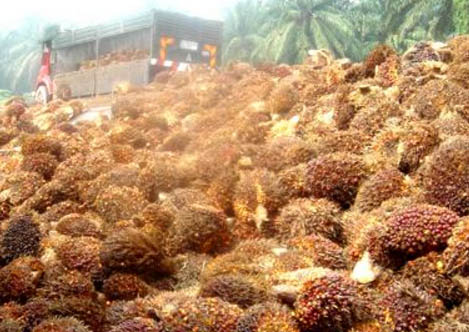
Get to know more about palm EFB pellets making news
Coverage of palm tree plantation has exceeded 4 million hectares just across Malaysia. After being pressed, palm material will be left with the quantity of empty fruit bunches (EFBs) overrunning 15 million tons. However, it is commonly seen that palm EFBs are either scattered all over palm groves arbitrarily or sliced by people to get palm fiber or put into steam boilers.
There are 406 palm mills in Malaysia catering to the milling of oil palm fruits produced by 4.48 million hectares of plantations. The EFBs constitute 9% of the total oil palm industry’s 90 million tons of renewable biomass leftover after extraction at oil mills. Harnessing it as industrial energy feedstock (through combustion or as ethanol potential), may promote replacement of fossil fuel for industrial use and consequently address the issue of waste management since the density of EFB makes it uneconomical to transport, store and manage. It is the hope of this project to provide an overview of the potential of EFB as a ready feedstock for bio energy production.
Fortunately, Now with the innovation on EFB converting technology, EFBs biomass can be successfully be converted into pellets fuel used by co-firing system and biomass boilers to produce steam and electricity. According to related data, in 2009, 1714 GWh off-grid energy was generated from 88.74 mill tones of EFB at 20 kwh/tone in Asia, and total off grid generating capacity was 357 MW at 400 hr/month. palm EFBs now can be put into use in biomass pellet mill and pellet plant in a recycled and sustained manners due to its features as follows:
Palm EFBs are mainly produced from palm oil industry which can be collected in a concentrated way rather than purchased from door to door; abundant source supply due to a large amount of palm EFBs produced daily; rich in crude fiber which can be sufficiently pelletized as fuel; huge demands for biomass fuel has surpassed the supply from just wood and agricultural pellets, which will be alleviated to some extent with supply of palm EFB pellets produced from pellet mills and pellet plants.
---------------------------------------------------------------------------------------------------------------------------------------------------
News
- Small Pellet Machine Manufacturer-Kingman
- Application of Wood Pellets and Use of Biomass Pellets
- From Fossil Fuel into Biomass Pellet Fuel
- Biomass Pellet Making Machines Market
- Applying of pellet stoves for home use
- Highland pellets to build $130 million facility in arkansas
- How to deal with the blocked hammer mill
- How to Make Wood Pellets with Sawdust
- The government policy promotes the development of biomass fuel
- Market analysis of biomass pellet fuel
- Strategic positioning of renewable energy
- Biomass energy has pass through the pre assessment
- The key point of deep processing of biomass pellet
- Harbin is promoting the development of biomass machinery
- The development of biomass formation technology I
- The development of biomass formation technology II
- Biomass energy industry is now going full tilt in 2015
- Rapid increasing demand of sawdust pellet on the market
- Pellet fuel market in EU
- Chinese Biomass Energy Conference held in Beijing
- Future market development of straw pellet mill
- Peanut Shell Pellet Mill Makes High Quality Pellets
- The utilization of straw is only 5%, biomass energy needs our attention!
- Corn straw pellet machine relieves the tight supply of fuel energy
- Reasons for loose or not forming of biomass pellet mill


